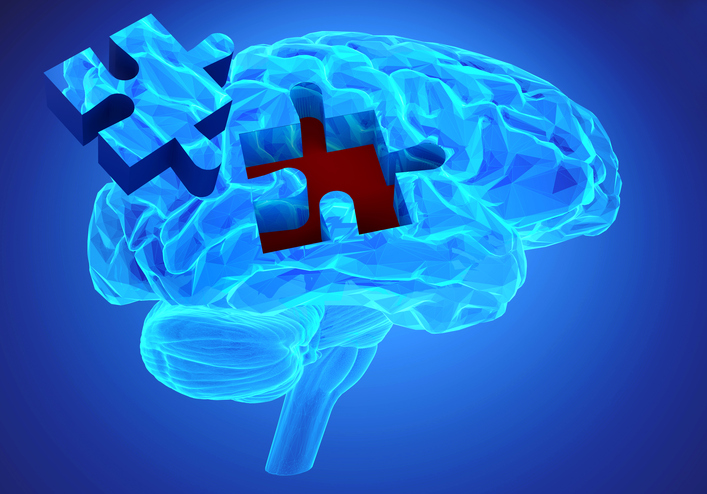A team of investigators from the Perelman School of Medicine at the University of Pennsylvania (UPenn) has uncovered new data strongly suggesting that late-onset Alzheimer’s disease (AD) is driven by epigenetic changes. Using postmortem brain tissue to compare healthy younger and older brain cells to those with AD, the team found evidence that epigenetic regulators disable protective pathways and enable pro-disease pathways in those with the disease. Findings from the new study were published recently in Nature Genetics through an article titled, ”An integrated multi-omics approach identifies epigenetic alterations associated with Alzheimer’s disease.”
“The last five years have seen great efforts to develop therapeutics to treat Alzheimer’s disease, but sadly, they have failed in the clinic to treat humans suffering from this horrible disease,” explained co-senior study investigator Shelley Berger, PhD, a professor and director of the Epigenetics Institute and UPenn. “We are trying a completely different approach to reveal the critical changes in brain cells, and our findings show epigenetic changes are driving disease.”
Epigenetic changes alter gene expression without DNA mutation, but rather by marking proteins that package and protect DNA, called histones. Berger added, “The activity of epigenetic regulators can be inhibited by drugs, and hence we are excited that this may be an Achilles’ heel of Alzheimer’s that can be attacked by new therapeutics.”
In the current study, the researchers integrated many large-scale cutting-edge approaches of RNA, protein, and epigenomic analyses of postmortem human brains to interrogate the molecular pathways involved in Alzheimer’s.
“We integrated transcriptomic, proteomic, and epigenomic analyses of postmortem human brains to identify molecular pathways involved in AD,” the authors wrote. “RNA sequencing analysis revealed upregulation of transcription- and chromatin-related genes, including the histone acetyltransferases for H3K27ac and H3K9ac. An unbiased proteomic screening singled out H3K27ac and H3K9ac as the main enrichments specific to AD. In turn, epigenomic profiling revealed gains in the histone H3 modifications H3K27ac and H3K9ac linked to transcription, chromatin, and disease pathways in AD. Increasing genome-wide H3K27ac and H3K9ac in a fly model of AD exacerbated amyloid-β42-driven neurodegeneration.”
“Based on our findings, there is a reconfiguration of the epigenomic landscape—that’s the DNA genome plus associated proteins—normally with age in the brain,” noted co-senior study investigator Nancy Bonini, PhD, a professor of biology and cell and developmental biology at UPenn. “These changes fail to occur in Alzheimer’s, and instead, other changes occur. What’s remarkable is that the simple fruit fly Drosophila, in which we can express Alzheimer’s associated proteins and confer an Alzheimer’s effect, confirms that the specific types of changes to the epigenome we predict are associated with Alzheimer’s do exaggerate the toxicity of Alzheimer’s proteins.”
This new data suggests that Alzheimer’s disease involves a reconfiguration of the epigenomic landscape, with the marks H3K27ac and H3K9ac affecting disease pathways by disrupting transcription- and chromatin-gene feedback loops. The identification of this process highlights potential strategies to modulate these marks for early-stage disease treatment.
This research built off a previous study published by the team in 2018. In this study, they compared the epigenomic landscape of disease to both younger and elderly cognitively normal control subjects. The team described the genome-wide enrichment of another acetylation mark of acetylation of lysine 16 on histone H4 (H4K16ac). H4K16ac is a key modification in human health because it regulates cellular responses to stress and to DNA damage. The team found that, while normal aging leads to increasing H4K16ac in new positions along the genome and an increase in where it is already present, in great contrast, Alzheimer’s entails losses of H4K16ac in the proximity of genes linked to aging and disease.
“Overall, we found in the previous study that certain acetylation marks protect the brain during normal aging, whereas, strikingly, in our new study, we found that other acetylation marks drive disease,” concluded lead study investigator Raffaella Nativio, PhD, a former research associate at the Epigenetics Institute. “The next step is to identify mechanisms underlying the protective and degradative pathways, which will lead to a more targeted approach for Alzheimer’s disease therapy.”



